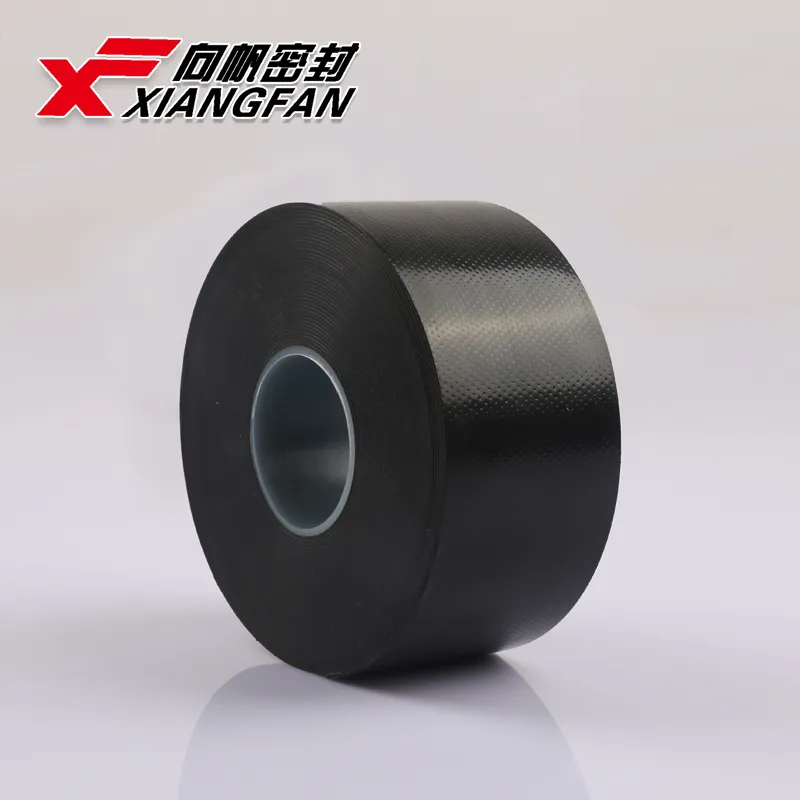As described in the article “How Polyimide Tapes are Made“, tapes are composed of two distinct layers, each of which is critical to the properties of the final product. The first layer is the backing material, and whether this is polyimide film (the generic verison of DuPont’s Kapton), polyvinyl chloride (PVC), Polyethylene terephthalate (PET), or some other plastic, cloth or paper material, this layer is selected to provide half of the tape’s final properties. The other half is determined by the adhesive layer applied to this backing layer.
The Usual Suspects
Generally speaking, manufacturers use three different adhesive types in combination with the backing material to produce a final “tape” product. Though these adhesive types can be subdivided into subgroups, the main categories are as follows:
- Silicone
- Acrylic
- Rubber
Each of these adhesive types have advantages and disadvantages which make them more or less suitable for particular applications. Here we will draw the major lines outlining these differences.
Silicone adhesives
Silicones have been used to formulate adhesive products for decades due to their flexibility, temperature cycling resistance, chemical resistance, and wide range of possible material properties.
Silicone adhesives have the following general characteristics:
- High flexibility (low modulus) at sub-ambient temperature
- Consistent performance over wide temperature range (a reason they work so well with Polyimide Tapes)
- Excellent ageing and UV resistance (a reason they work so well in LED applications)
- High temperature resistance
- Good resistance to polar solvents
Compared to acrylic and rubber adhesives, they are significantly more expensive, but due to their excellent high temperature performance they are very well suited to splicing tapes, masking tapes and polyimide (Kapton) tapes.
Acrylic Adhesives
Acrylic adhesives can either be water-based (this is also referred to as emulsion or dispersion) or solvent-based. Water-based are slower drying compared to solvent-based systems but generally solvent-based acrylic systems have better resistance to other solvents, chemicals and water. Comparatively, water-based systems are less expensive than their solvent-based counter parts.
Acrylic adhesives are generally divided into two subgroups: Pure and Modified
Pure acrylic
Pure acrylic adhesives share the following characteristics:
- Reasonable adhesion to a wide range of substrates (see modified acrylics below)
- Good ageing, transmittance and UV resistance (a reason they are often used in fiberoptic applications
- Reasonable temperature resistance; between silicones (high resistance) and rubber (low resistance)
Pure acrylics have a lower tack (“stickyness when dry” for the layman) and less adhesion on hard-to-bond plastics such as high- and low-density polyethylene (HDPE & LDPE) and polypropylene (PP) than modified acrylic or rubber adhesives. Pure acrylic adhesives are mainly used on tapes whose applications are bonding, sealing or surface protection.
PlB self-amalgamating Tape
Modified acrylic
For all intents and purposes, modified acrylics have the same characteristics as pure acrylics, but have superior adhesion to the hard-to-bond-plastics mentioned above. Generally, these are more expensive than pure acrylics and are used for plastic bonding (including vinyl and linoleum), lamination and splicing.
Rubber Adhesives
 Just from looking at the roll, it is very hard to tell what type of rubber is used on the tape. Look at the figure to the right, and this same picture can be used to describe every type of rubber-tape below. The key is to ask the supplier what type of rubber adhesive is used. Like acrylics, rubber adhesives can be divided into two subgroups: Natural and Synthetic
Just from looking at the roll, it is very hard to tell what type of rubber is used on the tape. Look at the figure to the right, and this same picture can be used to describe every type of rubber-tape below. The key is to ask the supplier what type of rubber adhesive is used. Like acrylics, rubber adhesives can be divided into two subgroups: Natural and Synthetic
Natural rubber
These adhesive have higher tack (again “stickyness when dry” for the layman) than acrylic adhesives as well as higher shear strength but they have limited UV resistance. These are used in the cheapest tapes on the market, but have limited applications. Natural rubber adhesives are used in duct tapes, low-temperature masking tapes and surface protection tapes (think of the tape you get on your new fridge or stove).
Synthetic rubber
As the name implies, synthetic rubber is “formulated rubber” – think coming from the lab, not coming from the tree. Synthetic rubber can broken into three subgroups: Hot-melt, Solvent and Butyl rubber.
Hot-melt rubber
Hot-melt is a low-temperature melting plastic, which makes this adhesive have low temperature resistance. It also ages poorly (becoming brittle) and has low UV resistance. This rubber is used for low- to medium-duty carton sealing, low-temperature splicing as well as paper core starting applications.
Solvent rubber
Solvent-rubber based adhesives have better temperature and aging performance but still poor UV resistance. It is used for electrical and foam tapes.
Butyl rubber
Butyl rubber based tapes have excellent UV and aging resistance but lower mechanical strength. These tapes are used in foam tape applications and construction and plumbing applications such as pipe joints.

